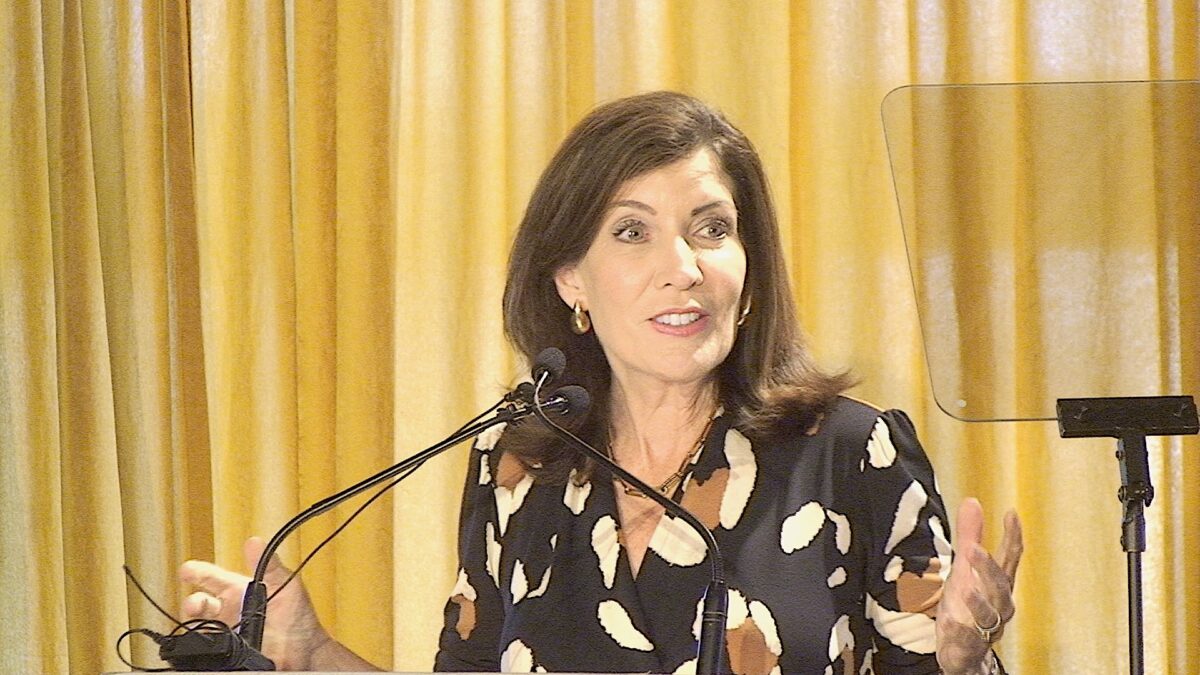
The New York State Nurses Association has hailed a newly signed law concerning public disclosure of staffing levels in hospitals, nursing homes and clinics as a “landmark measure.”
The Northern Metropolitan Hospital Association and two other organizations, however, don”™t see it that way.
In fact, it”™s a “lousy time” to add more regulatory requirements to hospitals, said Neil Abitabilo, president of NorMet, whose membership includes 32 hospitals in the Hudson Valley.
According to a section of the law, every facility “with an operating certificate pursuant to the requirements of this article” has to make public the number of registered nurses, licensed practical nurses and unlicensed personnel providing direct care and the ratio of patients per registered nurse, full-time equivalent, providing direct care.”
In addition to containing redundant requirements that are already available online, Abitabilo said, “the staffing ratio is simplistic.” He said it doesn”™t take into consideration the type of patients and their respective needs. A patient just coming out of heart surgery would need more attention than someone who had just underwent a minor elective procedure.
Â
The nurses association acknowledges that it championed the legislation ”“ the Nursing Care Quality Protection Act ”“ by engaging in intensive lobbying to get the measure passed and signed by Gov. David Paterson on Sept. 16. The law goes into effect March 16, 2010.
Â
“Nurses across the state appreciate the governor”™s support for this legislation, which will give the public a vital piece of data to help make informed decisions about where to receive care,” said Tina Gerardi, CEO of the nurses association.
The law requires that the information be available in “actual numbers, in terms of total hours of nursing care per patient, including adjustment for case mix and acuity, and as a percentage of patient care staff, and shall be broken down in terms of the total patient care staff, each unit and each shift.”
The law also mandates that hospitals and other medical facilities report the incidence of “adverse patient care,” including medication errors, patient injury, bed sores and hospital acquired infections, known as nosocomial infections.
In a memo of the bill introduced this year, the justification for it was:
“As a result of pressure to cut costs, many hospitals are decreasing the numbers of registered and licensed practical nurses on staff and replacing them with unlicensed personnel. In addition to compromising patient care, this situation also confuses patients, who cannot be sure if the ”˜nurse”™ attending to them is an RN or LPN, or an unlicensed attendant. This bill will help combat these problems by requiring hospitals to disclose information on the numbers of RNs, LPNs and unlicensed staff utilized to provide direct patient care.”
Â
Abitabilo sees the law as creating “another level of work.”
Â
Bill Van Slyke, a spokesman for the Healthcare Association of New York State (HANYS) concurred, saying someone, probably a nurse, will have to do the paperwork.
HANYS and the New York Organization of Nurse Executives strongly opposed the legislation that was first introduced in the 1997-98 session of the state Legislature.
In May 2001, the American Hospital Association released a report by PriceWaterhouseCoopers titled “Patients or Paperwork? The Regulatory Burden Facing America”™s Hospitals.” It had found that for every hour of patient care, 30 to 60 minutes were spent on the subsequent paperwork.
Today a nurse needs an actuarial background to perform duties, Van Slyke said.
New York Organization of Nurse Executives said in a statement that it and HANYS would work closely with the state Health Department to “ensure the development of a reporting mechanism that minimizes the new burden placed on providers.”
Abitabilo said it is difficult at present to estimate the cost in dollars for complying with the law.


















